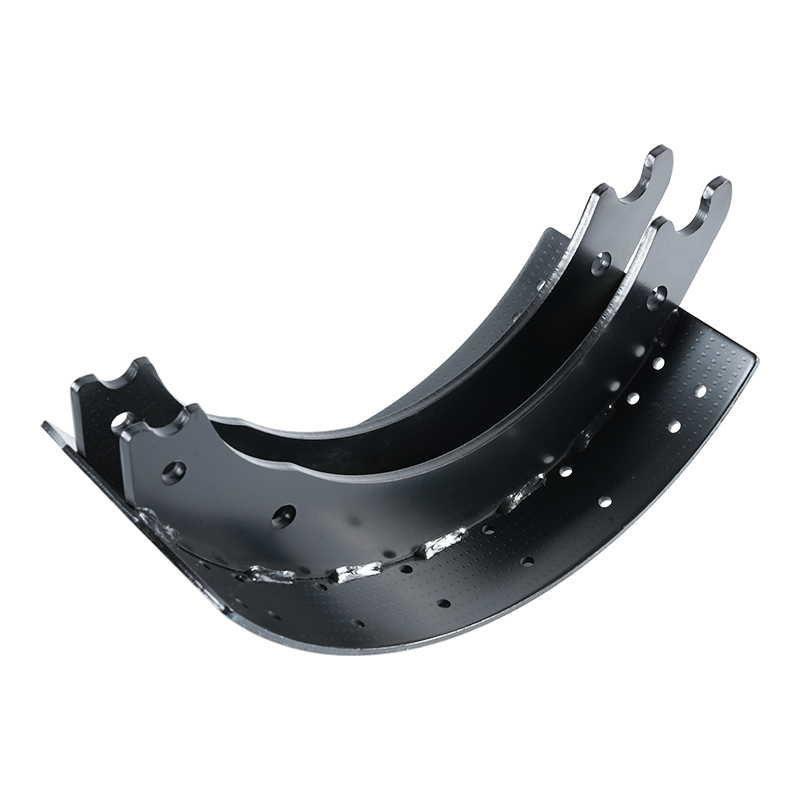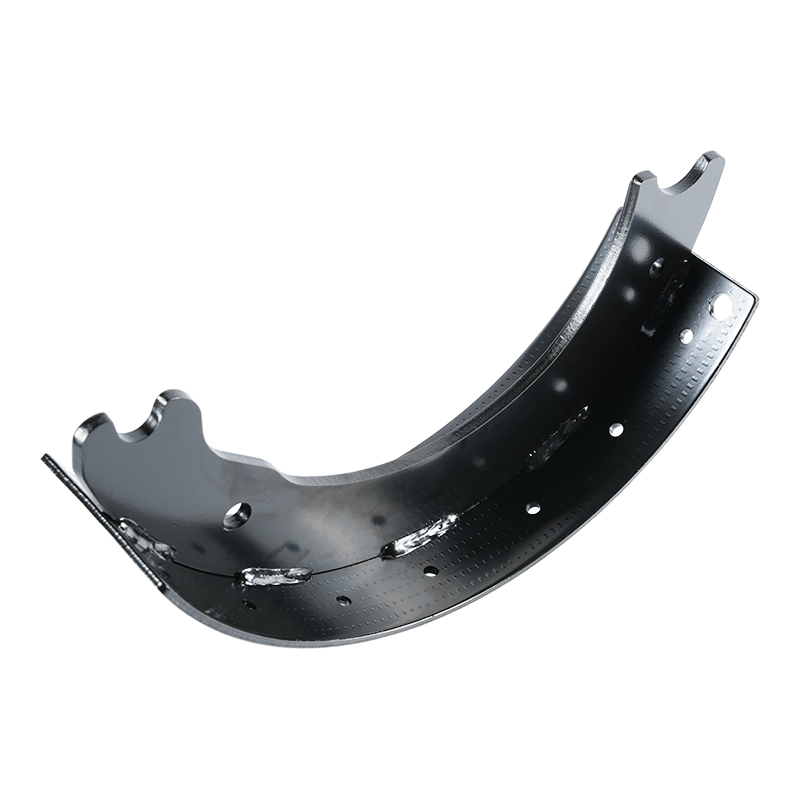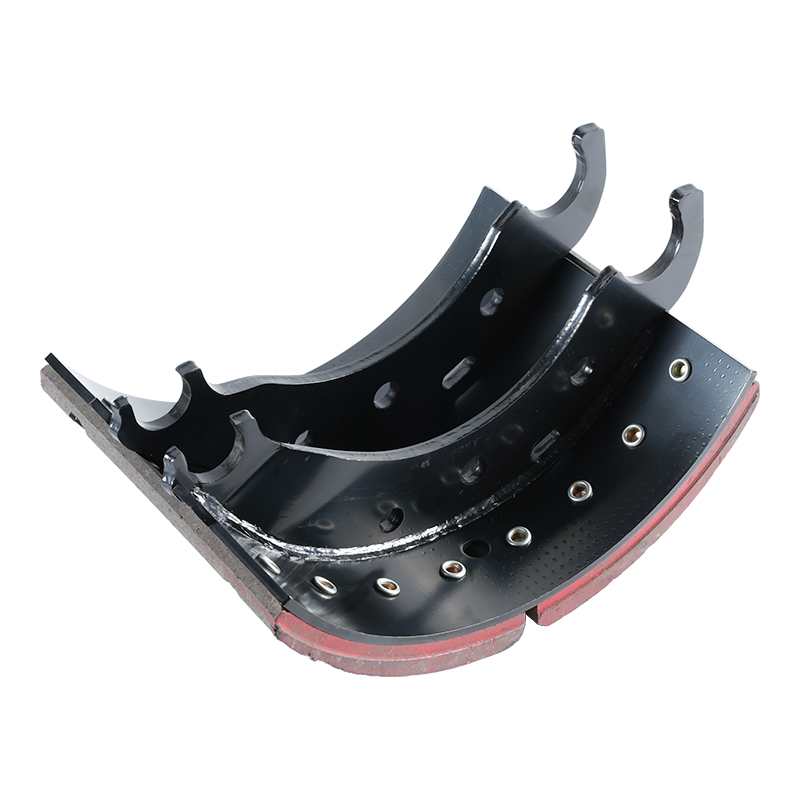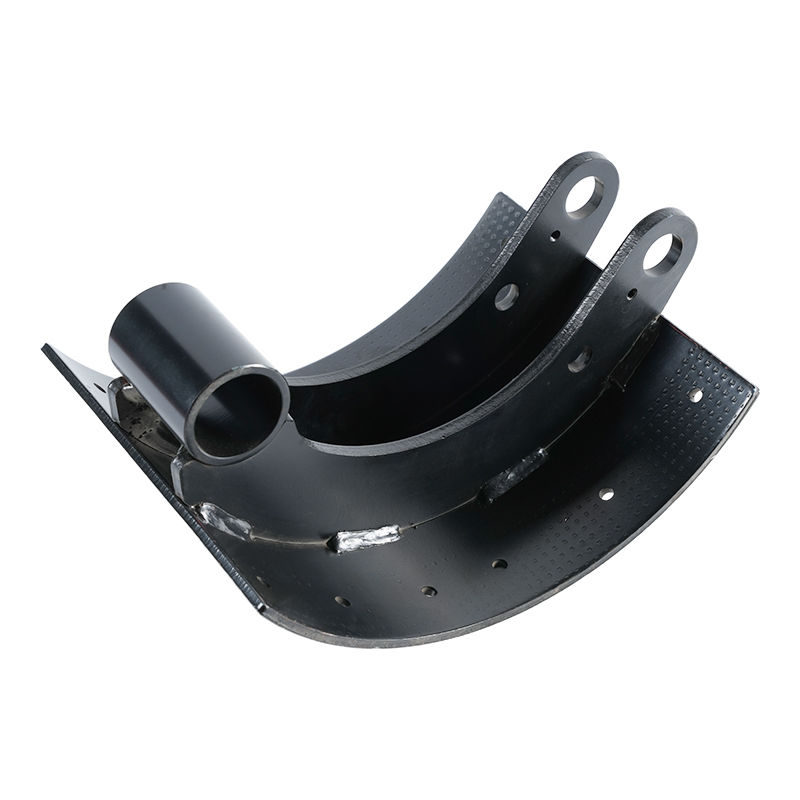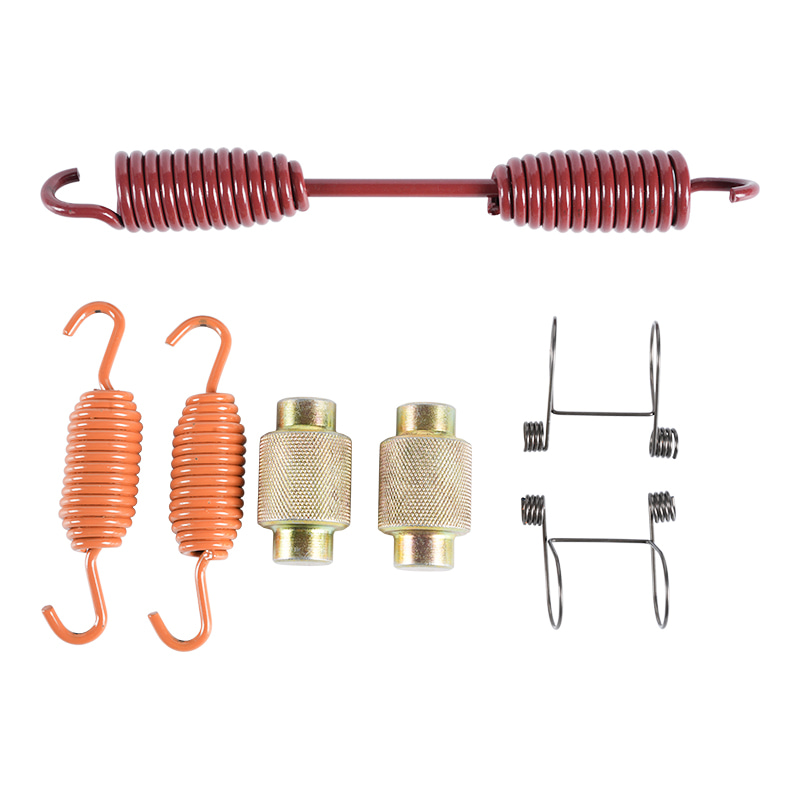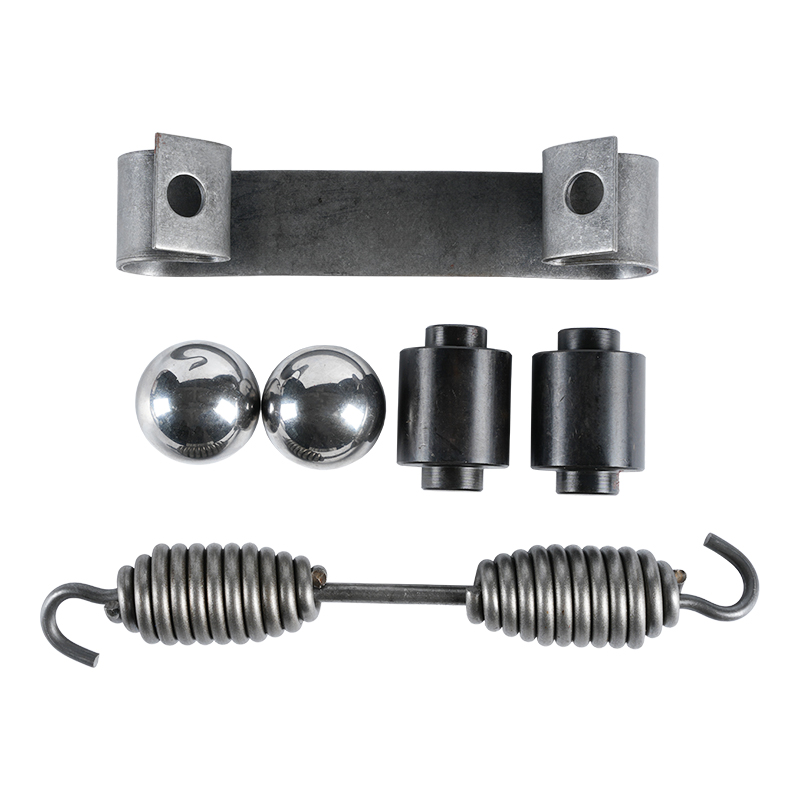What is the brake assembly?
 2025.07.03
2025.07.03
 Industry News
Industry News
The brake assembly is a critical system in any vehicle, responsible for slowing down or stopping its motion. It converts the kinetic energy of the moving vehicle into thermal energy through friction, which then dissipates into the atmosphere. This intricate system is composed of several interconnected components, each playing a vital role in ensuring safe and effective braking.
Key Components of a Brake Assembly
At the heart of the Brake Shoe Assembly are several core components that work in unison:
Brake Pedal: This is the initial point of contact for the driver. When pressed, it actuates the entire braking system.
Master Cylinder: Connected to the brake pedal, the master cylinder is a hydraulic pump that converts the mechanical force from the pedal into hydraulic pressure. It typically has two separate circuits for redundancy, ensuring that if one fails, the other can still provide some braking force.
Brake Lines and Hoses: These carry the pressurized brake fluid from the master cylinder to the brake calipers or wheel cylinders at each wheel. Brake lines are typically made of steel for rigidity, while hoses are used where flexibility is needed (e.g., at the wheels).
Brake Fluid: A specialized hydraulic fluid that transmits force from the master cylinder to the braking mechanisms at the wheels. It's designed to operate under high temperatures and pressures without boiling or becoming compressible.
Brake Calipers (Disc Brakes) or Wheel Cylinders (Drum Brakes):
Brake Calipers: Found in disc brake systems, calipers house the brake pads and pistons. When hydraulic pressure from the master cylinder reaches the caliper, the pistons push the brake pads against the rotors.
Wheel Cylinders: Used in drum brake systems, wheel cylinders contain pistons that, when pressurized by brake fluid, push the brake shoes outwards against the inside of the brake drum.
Brake Pads (Disc Brakes) or Brake Shoes (Drum Brakes):
Brake Pads: Friction material, usually made of a composite blend, mounted on a steel backing plate. They are pressed against the brake rotor to create friction.
Brake Shoes: Curved components lined with friction material. In drum brakes, they press against the inner surface of the brake drum.
Brake Rotors (Disc Brakes) or Brake Drums (Drum Brakes):
Brake Rotors (Discs): Rotating metal discs attached to the wheel hub. Brake pads clamp onto these rotors to create the friction necessary for braking. Rotors are often vented to aid in heat dissipation.
Brake Drums: Cylindrical cast-iron components that rotate with the wheel. Brake shoes press against the inner surface of the drum to create friction.
Anti-lock Braking System (ABS) Components: Modern vehicles often include ABS, which prevents the wheels from locking up during hard braking. This system includes wheel speed sensors, an ABS control module, and a hydraulic modulator that rapidly adjusts brake pressure to individual wheels.
Parking Brake (Emergency Brake): A separate mechanical system, usually cable-actuated, that holds the vehicle stationary when parked. It typically operates on the rear wheels.
How a Brake Assembly Works
The braking process begins when the driver depresses the brake pedal. This action pushes a piston in the master cylinder, which in turn forces brake fluid through the brake lines and hoses.
In a vehicle equipped with disc brakes, the pressurized fluid reaches the brake calipers. The fluid pushes against pistons within the calipers, which then press the brake pads against the rotating brake rotors. The friction generated between the pads and rotors converts the vehicle's kinetic energy into heat, slowing it down.
In vehicles with drum brakes, the pressurized fluid travels to the wheel cylinders. The pistons in the wheel cylinders then push the brake shoes outwards, pressing them against the inner surface of the rotating brake drums. Similar to disc brakes, this friction generates heat and decelerates the vehicle.
The heat generated during braking is critical to dissipate efficiently. Brake components, particularly rotors and drums, are designed to absorb and radiate this heat to prevent overheating, which can lead to brake fade (a reduction in braking efficiency).
Types of Brake Assemblies
While the fundamental principle remains the same, there are two primary types of brake assemblies:
Disc Brake Systems: Predominantly used on the front wheels of most modern vehicles and increasingly on all four wheels. They offer superior stopping power, better heat dissipation, and are less prone to fade compared to drum brakes.
Drum Brake Systems: Still found on the rear wheels of some entry-level vehicles and larger trucks, or as parking brakes. They are generally less expensive to manufacture but are more susceptible to heat build-up and fade.
Maintenance and Importance
Regular maintenance of the brake assembly is paramount for vehicle safety. This includes routine inspections of brake pads/shoes for wear, checking brake fluid levels and quality, and ensuring that rotors and drums are within specification. Any signs of decreased braking performance, such as spongy pedal feel, grinding noises, or pulling to one side, warrant immediate attention from a qualified mechanic. A well-maintained brake assembly ensures reliable stopping power, which is fundamental to preventing accidents and ensuring the safety of vehicle occupants and others on the road.
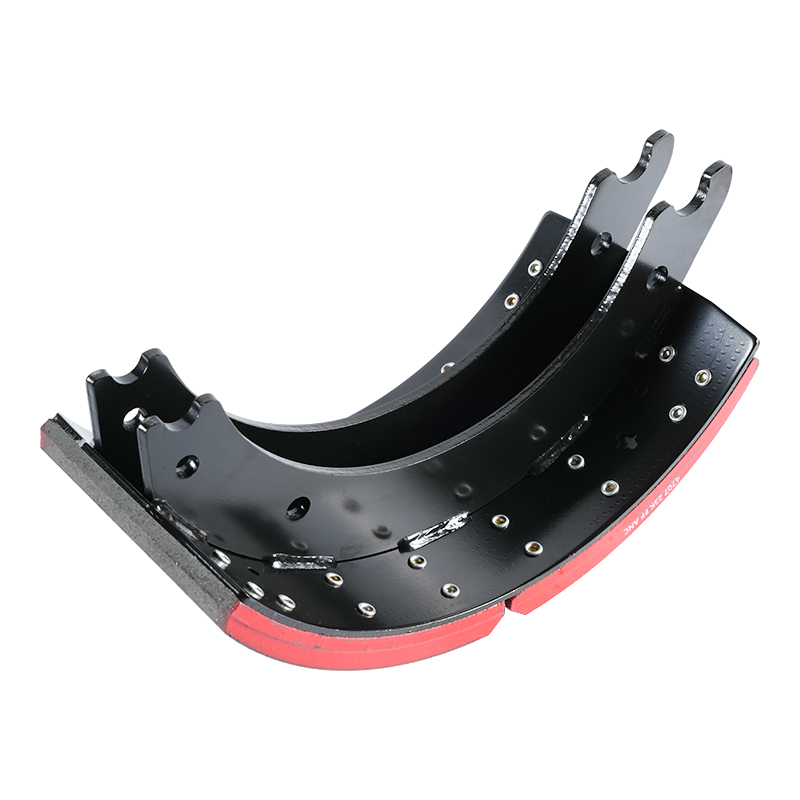

 Eng
Eng  中文简体
中文简体
